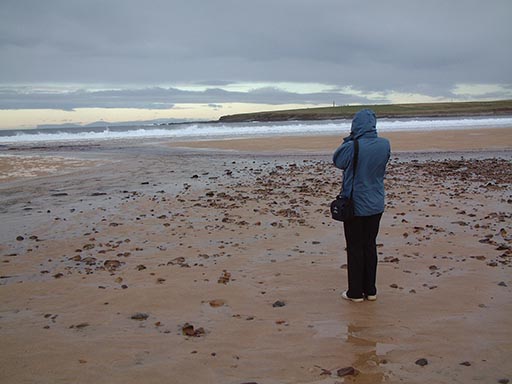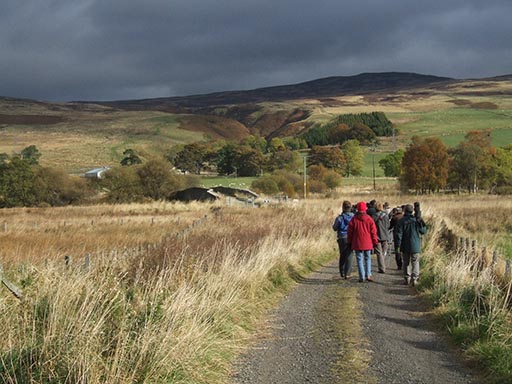5.3 The contribution of citizen science projects to assessing biodiversity and the state of the planet
Many of the examples of citizen science projects introduced during this course have had as their aim a contribution to our knowledge of the diversity of life and, perhaps more importantly, the changes in biodiversity that are occurring over time. Other projects, such as the monarch butterfly project, aim to document the lifestyle and population changes of a single species. To support ithis assessment, some observations posted to the iSpot website, once identified and verified, are passed on to national recording organisations. Once projects have been running for a number of years, it is possible to identify trends in populations, and every year citizen scientists’ make observations that will enhance the value of the data sets to which they contribute.
Over the eight weeks of this course, you have been introduced to the concept of citizen science and a wide range of examples of citizen science projects. As a citizen scientist you might work alone (Figure 13) or as part of a group. While some projects can be carried out at home with a computer, many offer opportunities to work in natural habitats (Figure 14).
You have also been introduced to surveying and identification techniques and have had opportunities to practise them. With this experience, you can join the swelling army of volunteers who, with their badge of ‘citizen scientist’, are making an increasingly important contribution to scientific knowledge – which is something to be proud of.
Finally, here are Janice and David with their concluding thoughts about the course.



